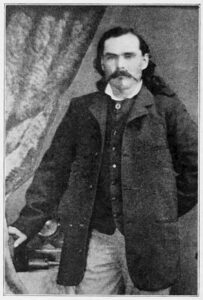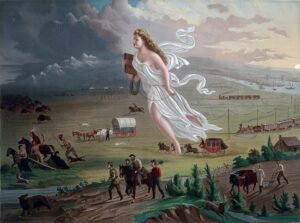
The Timber Grave culture, often linked with the broader Srubnaya (meaning “log cabin grave”) cultural complex, is a pivotal chapter in the archaeological study of the Eurasian steppes. Thriving during the Bronze Age, around 1900 to 1200 BCE, these enigmatic people not only left behind their namesake timber graves but also a treasure trove of information that provided profound insights into their lives, beliefs, and societal structure.
Origins and Historical Context
The Timber Grave culture was predominantly situated in the steppe regions encompassing the present-day borders of Ukraine, Russia, and Kazakhstan. This culture emerged as a successor to the earlier Catacomb culture and coexisted with the Andronovo culture. With a wider geographical span, the Andronovo culture extended from the southern part of the Ural Mountains to southern Siberia and central Kazakhstan. The Timber Grave culture was more westerly, occupying areas west of the Ural Mountains, particularly along the Volga and Don river valleys. Their society was a part of an intricate tapestry of Bronze Age cultures that engaged in trade, warfare, and migration.

Lifestyle and Economy
The economy of the Timber Grave people, deeply intertwined with pastoral practices, was a testament to their adaptability in the face of their environment. These vast and fertile steppe grasslands spanned much of Eastern Europe and Central Asia. This environment offered ideal conditions for grazing, and thus, they primarily herded cattle, horses, and sheep. The ability to migrate their herds between pastures was not just for the animals’ well-being but also for supporting the population’s nutritional and material needs. This nomadic or semi-nomadic lifestyle showcased the Timber Grave people’s ability to exploit different ecological niches and respond flexibly to environmental changes, a skill crucial for their survival and territorial expansion.
The mobility inherent in their way of life was facilitated by their use of domesticated horses, a central element of steppe cultures. Horses provided a significant advantage in managing large herds, moving quickly across the terrain, and for trading and raiding purposes. The importance of horses can also be seen in their burial practices and the prominence of horse-related artifacts.
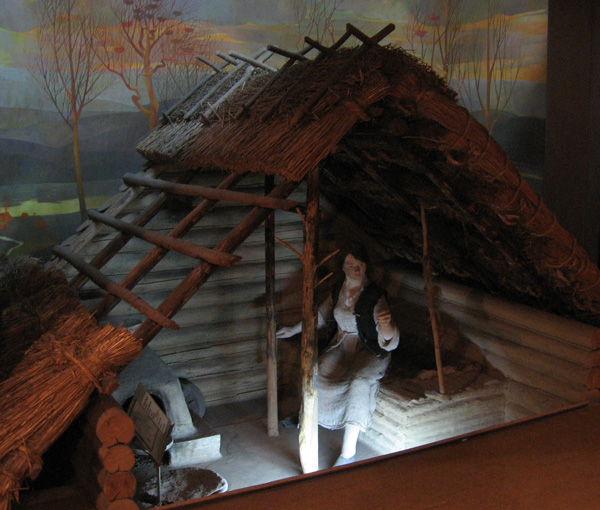
Archaeological evidence, including the discovery of tools and remnants of wheeled vehicles, such as chariots and carts, further underscores the sophistication of their material culture. These findings highlight their woodworking and leatherworking capabilities and their advanced metallurgy skills. The Timber Grave people were proficient in smelting and casting bronze, which they used to create practical tools for everyday use and ornamental items that carried social or religious significance. Tools from bronze would have included weapons, like axes and daggers, agricultural implements, and various adornments.
The development of metallurgy in the Timber Grave culture also points to a broader trade network. The acquisition of tin and copper, necessary for producing bronze, likely involved trade with distant regions, indicating that the Timber Grave people were integrated into extensive trade networks that connected them with other Bronze Age Eurasian steppes cultures. This interaction would have facilitated the exchange of goods, ideas, and technologies, enhancing their metallurgical techniques and other cultural aspects.
Overall, the economy of the Timber Grave people was intricately linked to their environmental and social conditions. Their adaptation to the pastoral, nomadic lifestyle was not merely a survival strategy but a foundation for economic prosperity and cultural development, reflected in their social structures, burial practices, and material culture.
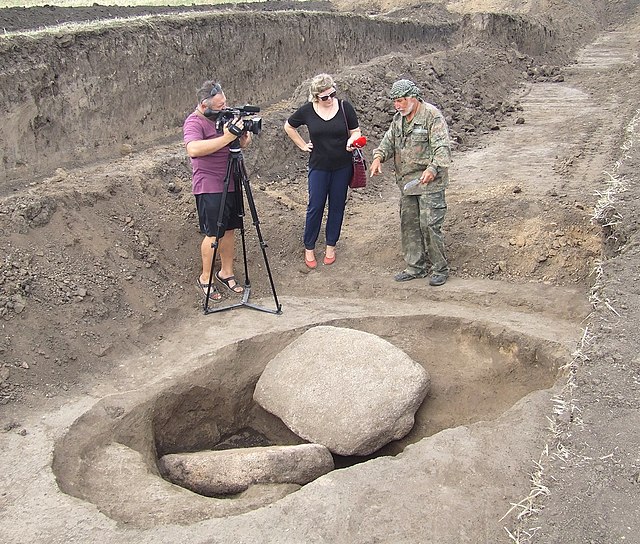
The Timber Graves
The burial practices of the Timber Grave people stand as a poignant hallmark of their culture, reflecting deep-rooted beliefs about life, death, and the hereafter. These practices are distinguished by the method of interment, which involved the deceased being laid to rest in pits that were then covered with logs to form a chamber-like enclosure.
The construction of these timber chambers required considerable effort and resources, indicating the community’s respect and care for the deceased and the social status of some individuals. The chambers were often built precisely, ensuring the structure’s integrity over time. Inside these burial chambers, archaeologists have found a variety of grave goods that shed light on the spiritual and cultural practices of the Timber Grave people. Items commonly placed within the graves included jewelry, weapons, and pottery.
The choice and arrangement of items within the graves offer insights into the Timber Grave culture’s broader social and economic structures. The variation in the quantity and quality of items from one grave to another suggests differing levels of wealth or status among individuals, pointing to a stratified society where some members held more prominent roles than others.
The burial practices of the Timber Grave people provide a window into their worldviews and societal organization. These practices were not merely about disposing of the dead; they were a profound expression of spiritual beliefs, communal respect, and an articulated vision of life beyond death, which played a significant role in maintaining social norms and continuity within their culture.
Art and Culture
Artistically, the Timber Grave people are noted for their decorative motifs on ceramics and metal works. These often included geometric patterns and animal designs, which were not just decorative but also held symbolic meanings. These artifacts glimpse these ancient people’s aesthetic preferences and symbolic universe.
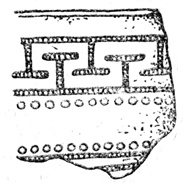
While direct evidence of religious practices is sparse, the grave goods and burial structures suggest a society with rich spiritual beliefs. Including weapons and horses in burials, for instance, implies a warrior culture with a significant emphasis on status and martial prowess. It also indicates the high value placed on horses, which were essential to their way of life and possibly held spiritual significance.
Legacy and Influence
The influence of the Timber Grave culture extends beyond their immediate geographical area. Some theories suggest that they played a role in the spread of Indo-European languages across the Eurasian steppes.
The Timber Grave culture, active during the Bronze Age, engaged in significant interactions with various neighboring and contemporary cultures across the Eurasian steppes, primarily through trade and warfare. One key interaction was with the Andronovo culture, with whom they shared adjacent territories. The similarities in burial practices and metallurgical technologies between these cultures suggest a substantial cultural exchange. The spread of chariot technology, evident in both cultures, likely resulted from this interaction, alongside shared artifacts such as bronze weapons and tools, indicating exchanged technological knowledge.
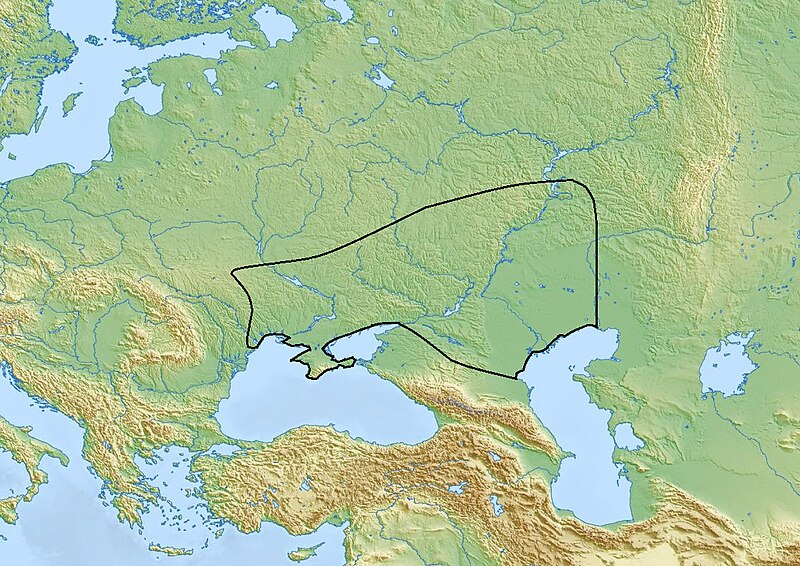
Prior interactions included those with the Catacomb culture, which preceded and likely evolved into the Timber Grave culture, suggesting a continuum in cultural practices rather than a sharp transition. As the Timber Grave culture developed, it later influenced, and possibly mingled with, the Cimmerians—often regarded as their successors. Archaeological findings, such as similar weaponry styles and horse tack, point to this influence, while linguistic and mythological elements suggest a blending of cultures over time. Additionally, through broader Indo-European migrations and trade networks, there were indirect interactions with distant civilizations such as Mycenaean Greece, evidenced by Mycenaean goods in the northern Black Sea region and similar symbolic motifs on artifacts.
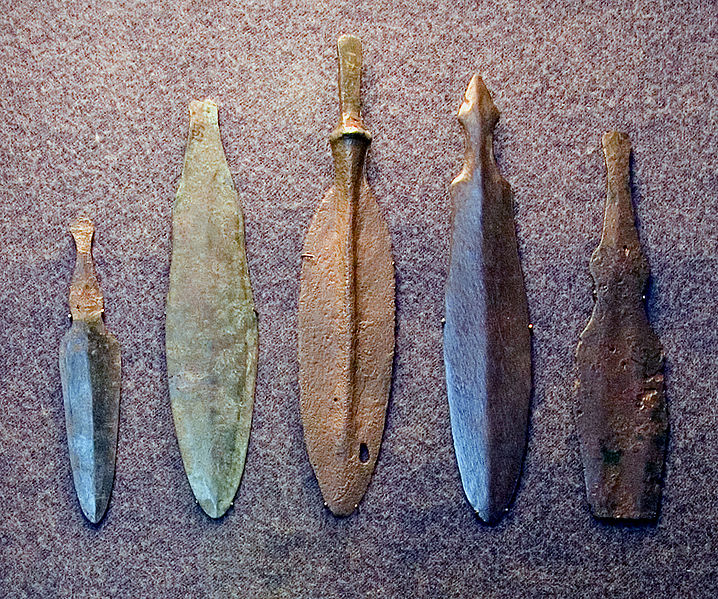
Furthermore, the Timber Grave culture also interacted with Uralic and Finno-Ugric tribes in the northern and northeastern regions adjacent to their territories. Linguistic borrowings and archaeological finds such as tools, weapon designs, and burial customs suggest a cultural and possibly genetic exchange between these groups. The archaeological and linguistic evidence collectively supports theories of extensive cultural contacts and exchanges, illustrating how the Timber Grave culture influenced their contemporaries and contributed to the broader cultural dynamics of the Eurasian steppes. Their legacy, reflected in both the archaeological record and the cultural traditions of the peoples they came into contact with, underscores their significant role in shaping the historical developments of the region.
Conclusion
Though a relatively obscure group in the annals of history, the Timber Grave people offer a compelling glimpse into the life and times of Bronze Age societies. Their legacy, encapsulated in the remnants of their timber graves, intrigues and informs modern archaeologists and historians. By studying these ancient people, we uncover the past and gain insights into the migration patterns, technological advancements, and cultural exchanges that shaped human history. Their story is a testament to the complexity and interconnectedness of ancient societies.
MORE INFORMATION:
More about the Eurasian Steppe – Here
